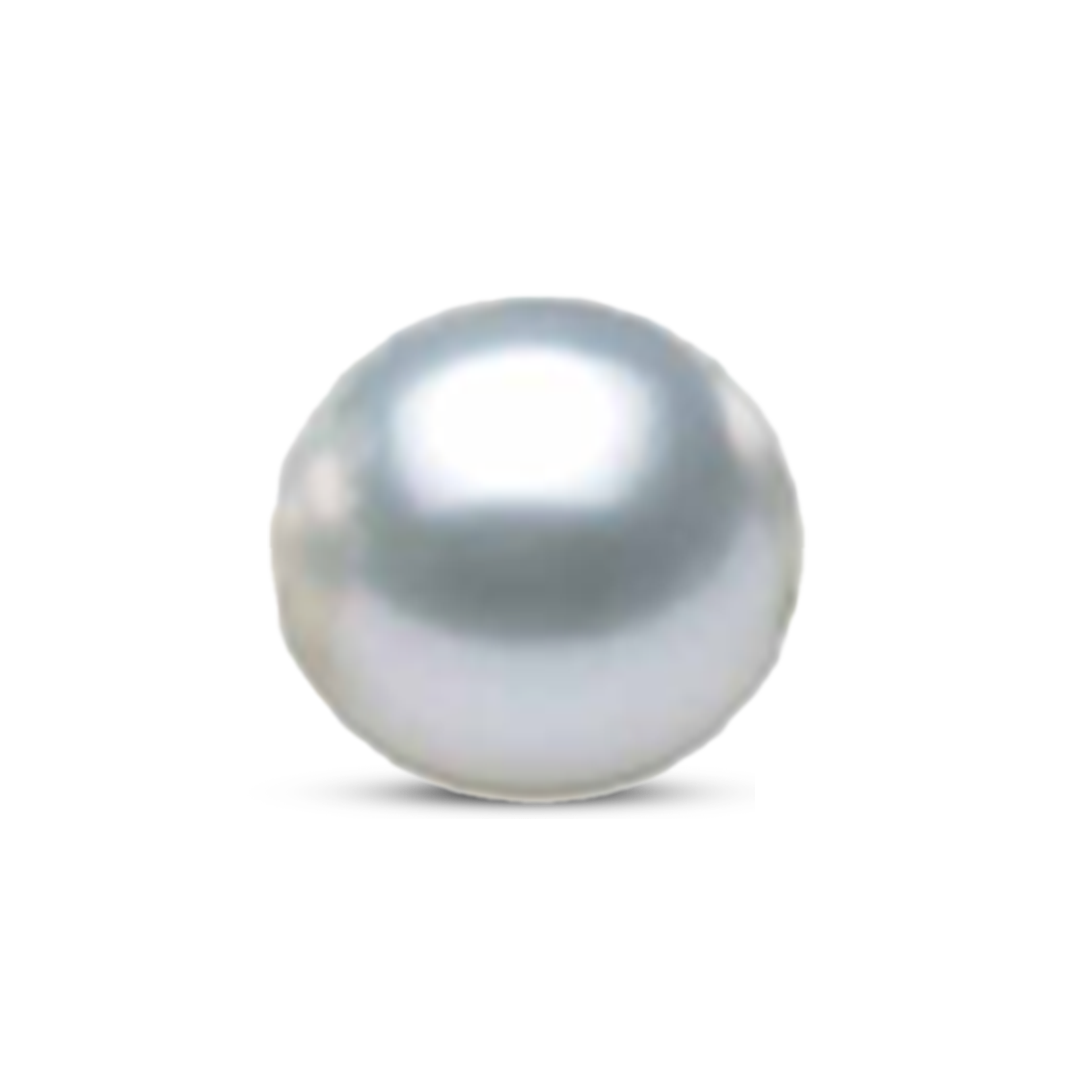Gemstone Education Centre
All About Gemstones
Gemstones have fascinated humanity for centuries, mesmerizing us with their beauty, durability, and symbolism. This guide explores the stunning world of gemstones, knowing in depth about their formation, variety, properties, and more.
How are Gemstones Formed?
Gemstones are formed under a variety of geological conditions. Here are some common processes:
High Pressure & High Temperature (Metamorphism):
Intense heat and pressure can transform existing rocks into gemstones like ruby, sapphire, and emerald.
Crystallization from Magma (Igneous):
As molten rock (magma) cools and solidifies, it can form gemstones like amethyst, citrine, and topaz.
Evaporating Mineral-Rich Water (Hydrothermal):
Water flowing through cracks in rocks can dissolve minerals and deposit them as gemstones, such as aquamarine, opal, and turquoise.
Organic Materials:
Some gemstones, like amber and pearls, are formed from organic materials like fossilized tree resin or mollusc secretions.
What are the Different Varieties of Gemstones?
Mother Nature’s artistry shines through the vast array of gemstones. Here’s a glimpse into the spectrum:
Precious stones:
Diamonds, rubies, emeralds, and sapphires are considered the most valuable due to their rarity, beauty, and hardness.
Semi-precious stones:
A broader category encompassing a wider variety of gemstones, including amethyst, citrine, garnet, and turquoise, with varying degrees of value and hardness.
Organic gemstones:
Amber, pearl, and coral are formed from organic materials and hold a unique appeal.
Each variety has unique characteristics, including colour, clarity, and inclusions, adding to its individuality.
Properties of Gemstones
Gemstones possess a range of fascinating properties:
Hardness: Measured on the Mohs scale, hardness determines a gemstone’s resistance to scratches. Diamonds are the hardest (10), while some organic gems like pearls are softer (2.5 – 3.5).
Lustre: This refers to the way light interacts with a gemstone’s surface. It can be metallic, vitreous (glassy), or adamantine (diamond-like).
Refractive Index: This property determines how light bends as it passes through a gemstone, influencing its brilliance and fire (play of light).
Pleochroism: Some gemstones exhibit different colours depending on the viewing angle.
Understanding these properties helps us appreciate the unique characteristics of each gemstone.
How are Gemstones Classified?
Gemstones are classified based on various factors, including their chemical composition and crystal structure. Here are some major classification systems:
Mineral Class:
This categorizes gemstones based on their chemical makeup, such as silicates (garnet, amethyst), oxides (ruby, sapphire), and carbonates (turquoise).
Crystal System:
This classification is based on the arrangement of atoms within the gemstone’s crystal structure. Common systems include cubic (diamond), hexagonal (emerald), and triclinic (turquoise).
Understanding these systems allows gemologists to identify and categorize gemstones accurately.
The Many Uses of Gemstones
Beyond their undeniable beauty, gemstones have a variety of uses:
Jewellery: The most popular use, gemstones are incorporated into rings, necklaces, earrings, and more, creating stunning adornments.
Collectibles: Rare and unique gemstones are prized by collectors for their investment potential and aesthetic value.
Industrial Applications: Diamonds, due to their extreme hardness, are used in industrial cutting tools and drilling equipment.
Healing Properties: Some cultures associate specific gemstones with healing properties, using them in alternative therapies (though scientific evidence is lacking).
Symbolism and Cultural Significance of Gemstones
Throughout history, gemstones have held deep symbolic meaning across cultures. Here are some examples:
Diamonds: Often associated with love, commitment, and strength.
Rubies: Represent passion, vitality, and leadership.
Emeralds: Symbolize hope, growth, and new beginnings.
Sapphires: Associated with wisdom, royalty, and truth.
Understanding these symbolic associations can add another layer of meaning to your choice of gemstone.
Value and Rarity
Several factors influence a gemstone’s value:
The 4Cs (Cut, Color, Clarity, Carat Weight):
These core factors significantly impact a gemstone’s visual appeal and rarity.
Origin:
The geographic location where a gemstone is mined can influence its value and cultural significance.
Treatments:
Some treatments, like heat enhancement, can affect a gemstone’s value.
Market Demand:
The popularity of a specific gemstone type can influence its price.
Understanding these factors empowers you to make informed decisions when purchasing a gemstone.
Ethical and Environmental Considerations
The ethical sourcing of gemstones is becoming increasingly important. Responsible consumers consider:
Mining Practices: Look for vendors committed to ethical mining practices that prioritize worker safety and environmental protection.
Sustainability: Consider purchasing recycled gemstones or those mined using sustainable techniques.
At Gem Mines, we are deeply focused on ethical sourcing. When you choose Gem Mines, you’re choosing a company committed to ethical sourcing and social responsibility. Explore our collection of exquisite gemstones, knowing they were mined with respect for people and the planet.
Gemstones for Different Zodiac Signs
Astrology has long intertwined gemstones with the celestial dance of the zodiac. Each zodiac sign is believed to be influenced by specific gemstones, offering the wearer positive energies, good luck, or enhanced personality traits.
Here, we explore the gemstones associated with each sign:
Fire Signs (Aries, Leo, Sagittarius):
Aries (March 21 – April 19): Diamond (strength, courage), Bloodstone (vitality, passion)
Leo (July 23 – August 22): Ruby (leadership, passion), Carnelian (confidence, creativity)
Sagittarius (November 23 – December 21): Citrine (optimism, success), Turquoise (wisdom, protection)
Earth Signs (Taurus, Virgo, Capricorn):
Taurus (April 20 – May 20): Sapphire (wisdom, loyalty), Emerald (love, abundance)
Virgo (August 23 – September 22): Sapphire (perfectionism, communication), Peridot (harmony, growth)
Capricorn (December 22 – January 19): Garnet (stability, passion), Onyx (strength, determination)
Air Signs (Gemini, Libra, Aquarius):
Gemini (May 21 – June 20): Agate (balance, communication), Alexandrite (creativity, intuition)
Libra (September 23 – October 22): Opal (love, passion), Tourmaline (diplomacy, balance)
Aquarius (January 20 – February 18): Amethyst (wisdom, intuition), Aquamarine (calmness, hope)
Water Signs (Cancer, Scorpio, Pisces):
Cancer (June 21 – July 22): Pearl (protection, nurturing), Moonstone (intuition, emotional balance)
Scorpio (October 23 – November 21): Topaz (strength, passion), Aquamarine (emotional healing, serenity)
Pisces (February 19 – March 20): Amethyst (intuition, spirituality), Aquamarine (compassion, empathy)
Explore the World of Gemstones with Gem Mines
At Gem Mines, we offer a vast collection of gemstones for every zodiac sign and personal preference. Visit our website or store to discover your perfect gemstone treasure!
















































